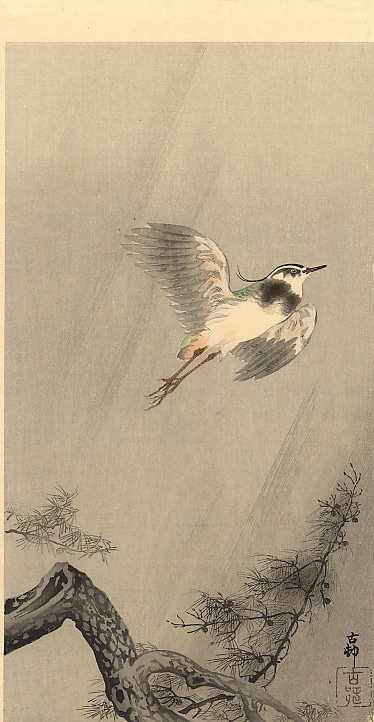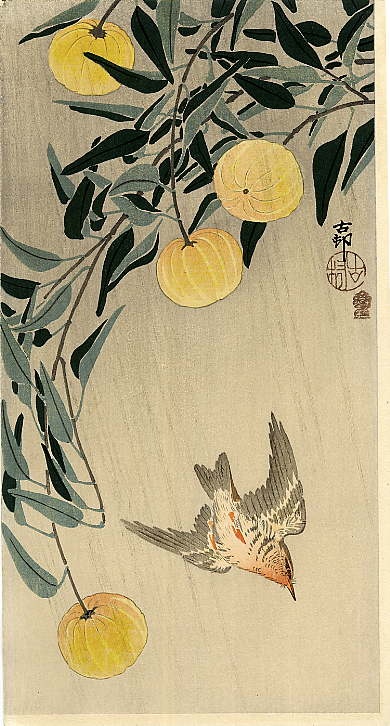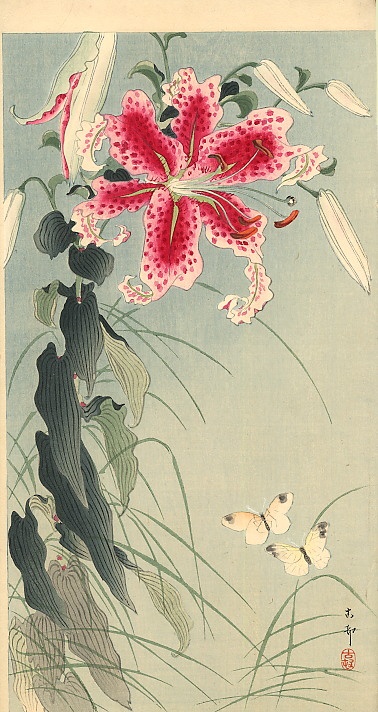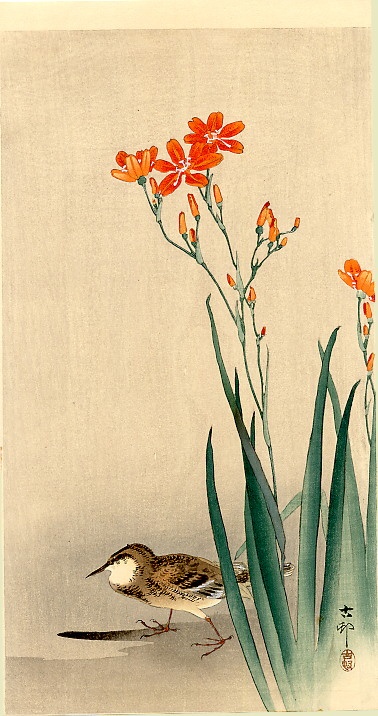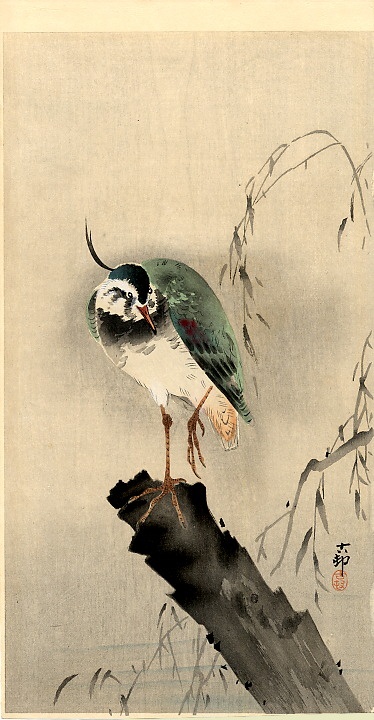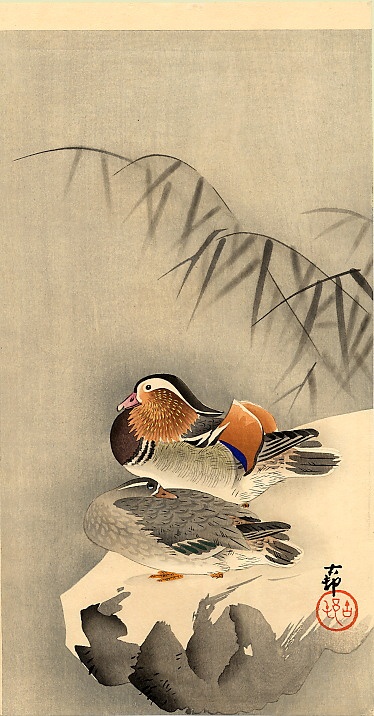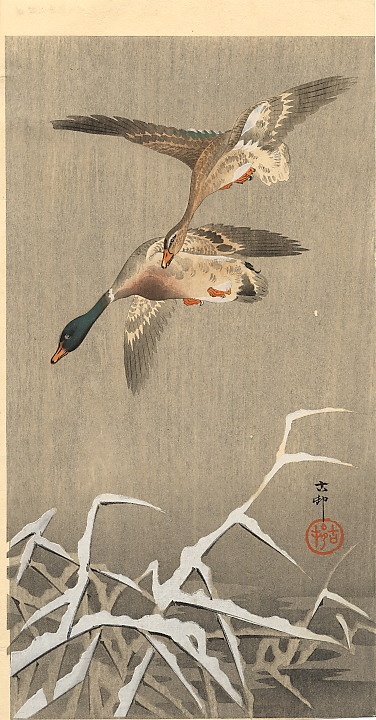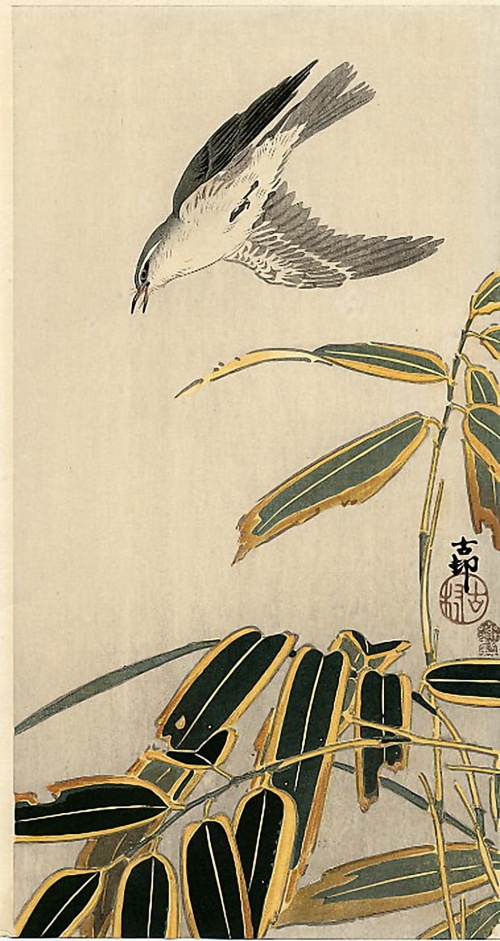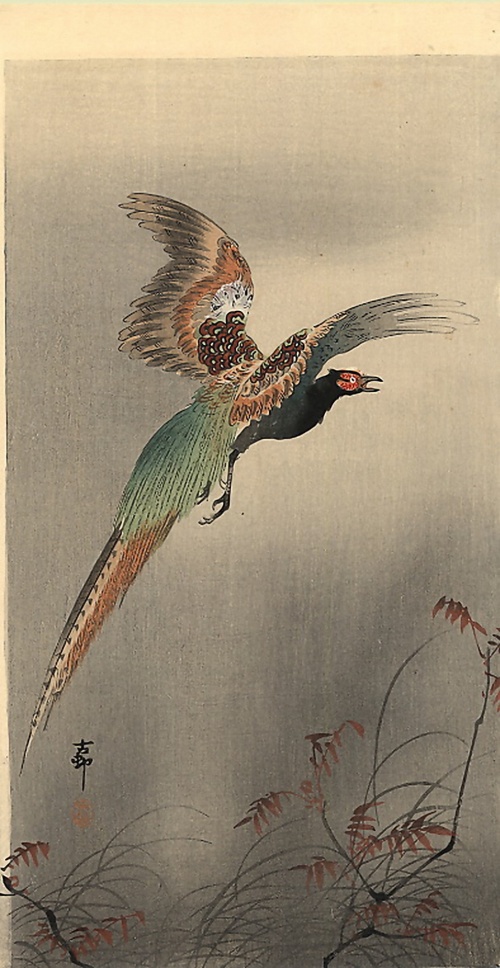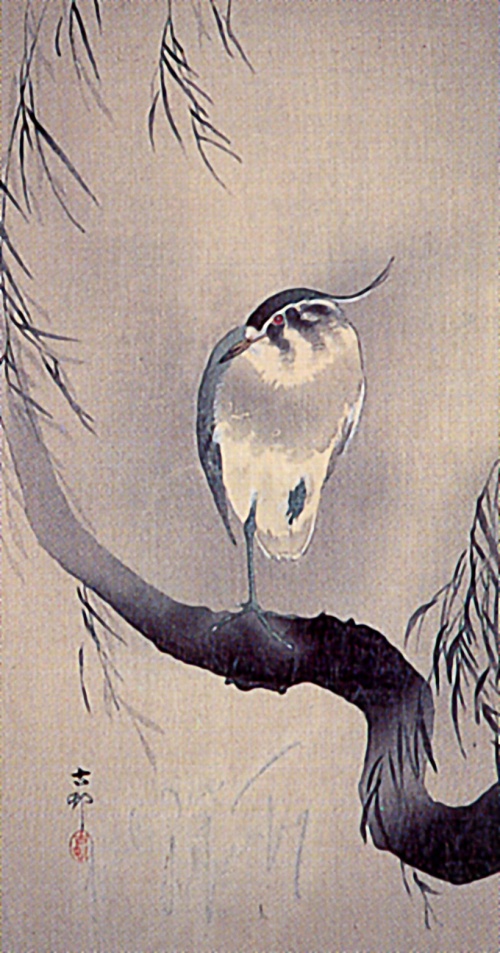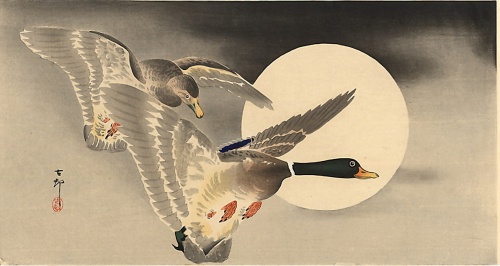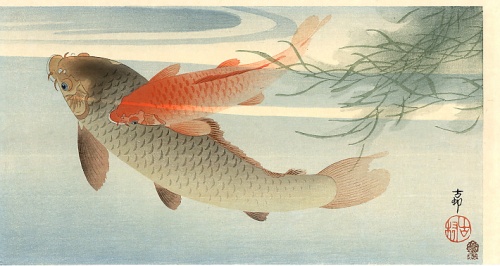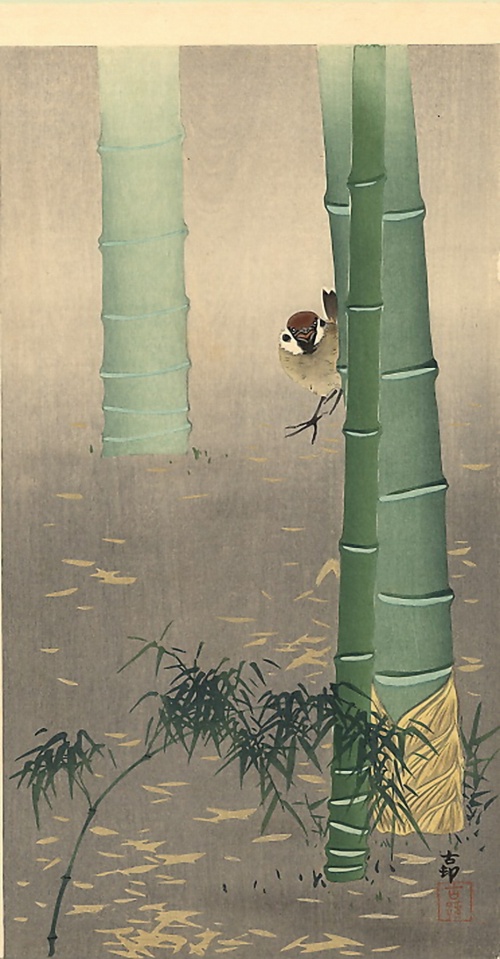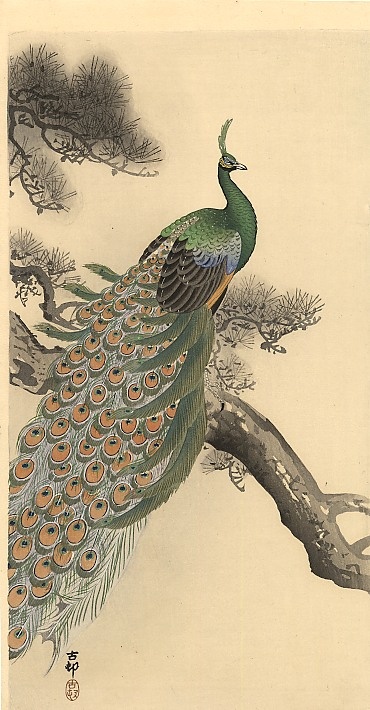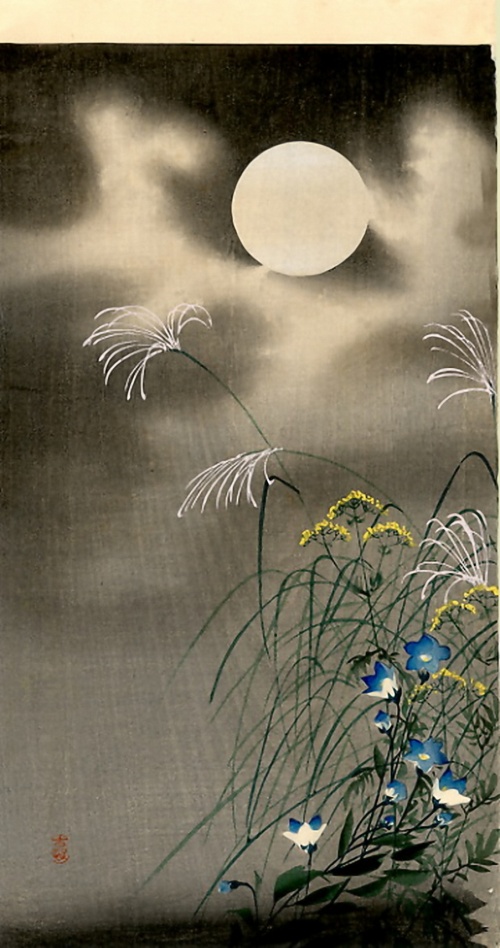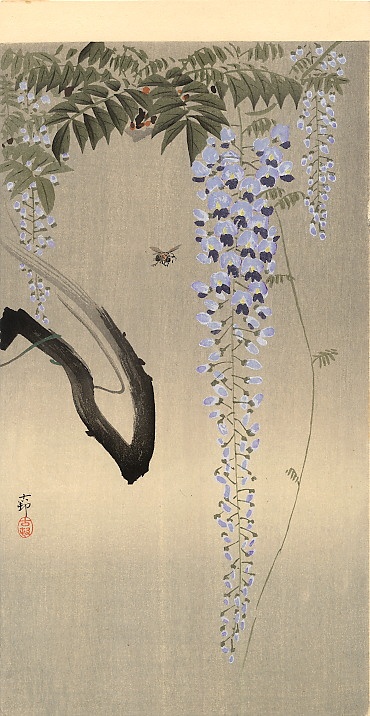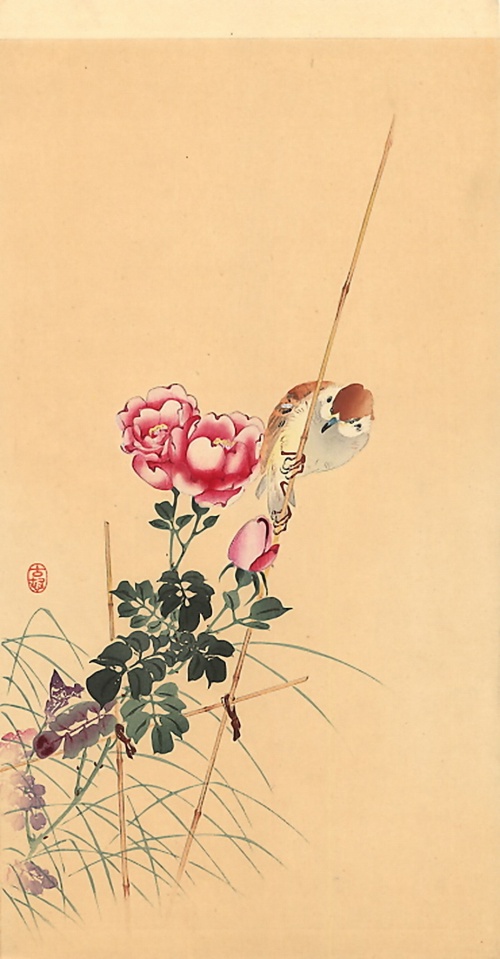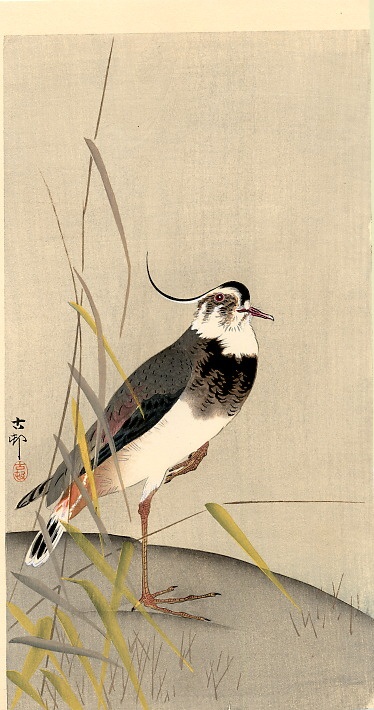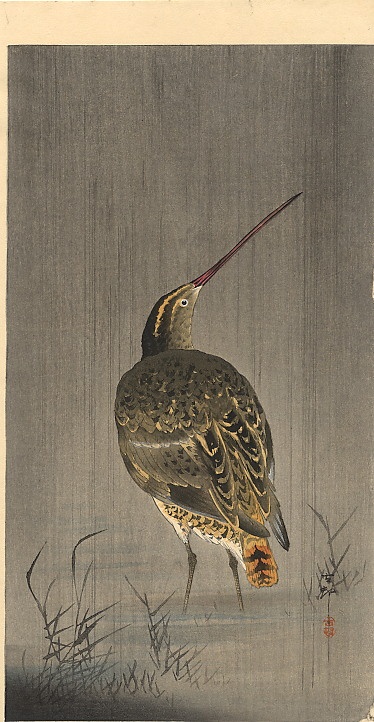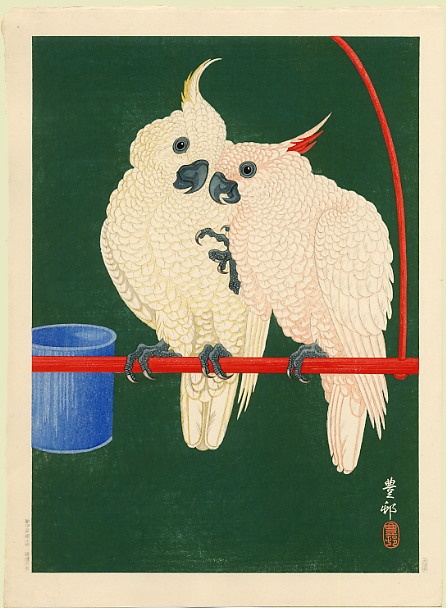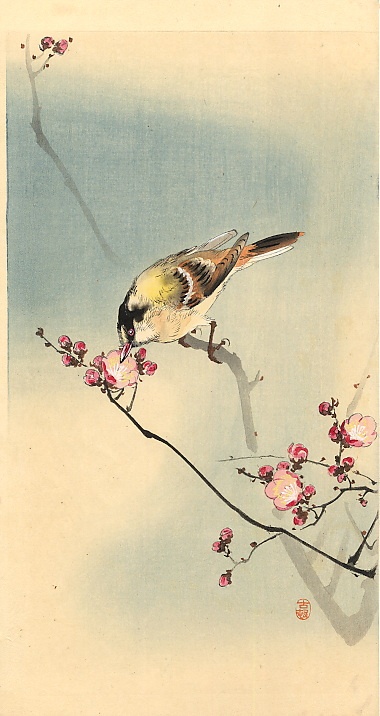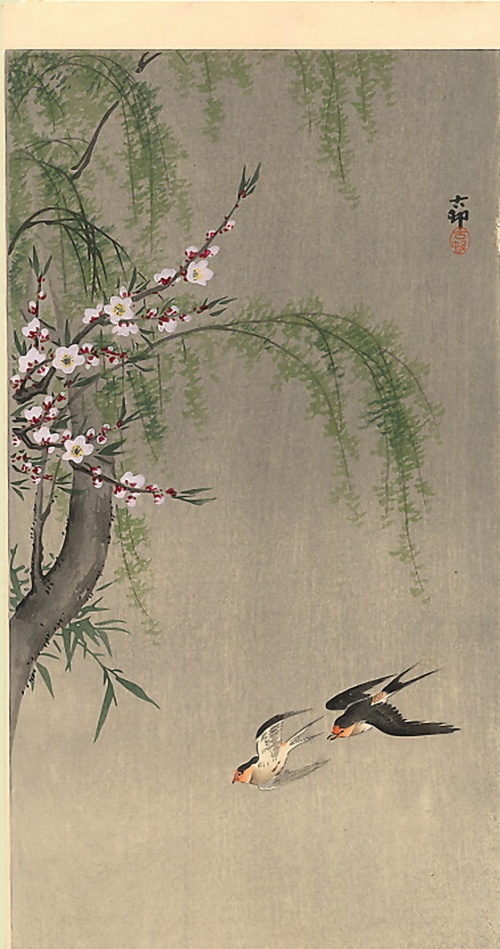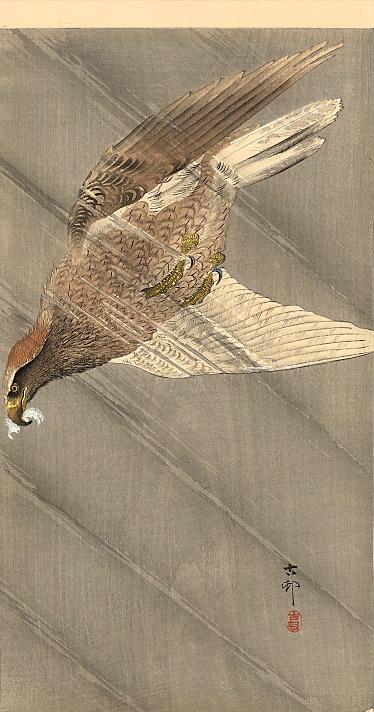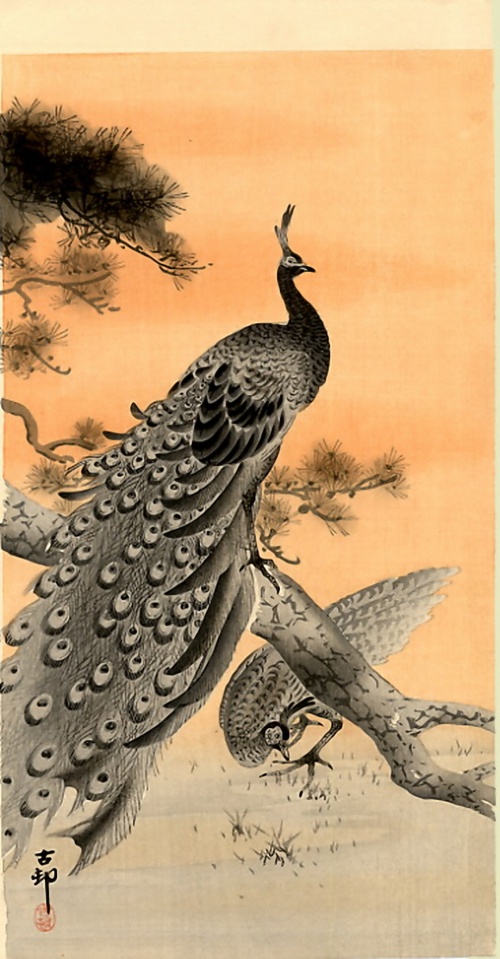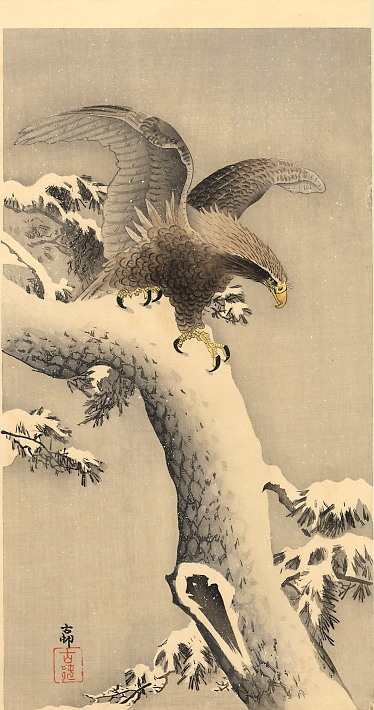Koson Ohara (1877-1945) (135 works)
Разрешение картинок от 313x697px до 1333x2543px
"Kate-e" (ga) is a genre of Japanese prints featuring images of birds and flowers. And Koson Ohara is the most famous artist in the "Kate-e" genre in the twentieth century. His prints were exported in large numbers to the United States.
Koson Ohara was born in Kanazawa in Ishikawa Prefecture in northern Japan with the name Ohara Matao. He studied painting as a student under the pseudonym Suzuki Koson.
Over the course of his career, he changed "Koson" to Shoson and Hoson. When you see the spelling Ohara Shoson or Ohara Hoson or vice versa, Shoson Ohara or Hoson Ohara, then know that they are the same artist.
Koson Ohara studied "Ukiyo-e" on the theme of the Russo-Japanese War (1904-1905)
But during the Russo-Japanese War, Ukiyo-e art went out of fashion and practically ceased to be sold. It was replaced by photography and became the main way of illustrating events.
Ohara Koson certainly suffered economically as a result of the decline
sales of "Ukiyo-e". But, he had a regular income as a teacher at the Tokyo School of Fine Arts.
Koson had an American colleague, Ernest Fenellosa, who was a supporter of traditional Japanese art, and it was he who convinced Koson Ohara to work in the traditional style and not give up the art of engraving.
After returning to painting, Koson resumed development of "Kate-e" in 1926. Almost all of the works made by Ohara Koson were exported to the United States.
An amusing fact is that the Japanese themselves paid attention to the beauty and artistic value of ukiyo-e only after foreigners began to admire the works of Japanese artists, purchasing them for their collections.
The artist's works were executed with an extremely high degree of skill. Even such delicate details as bird plumage are carefully executed.
Koson Ohara has used various signatures on his works over the years. Accurate dating of his prints has become very difficult, if not impossible.
